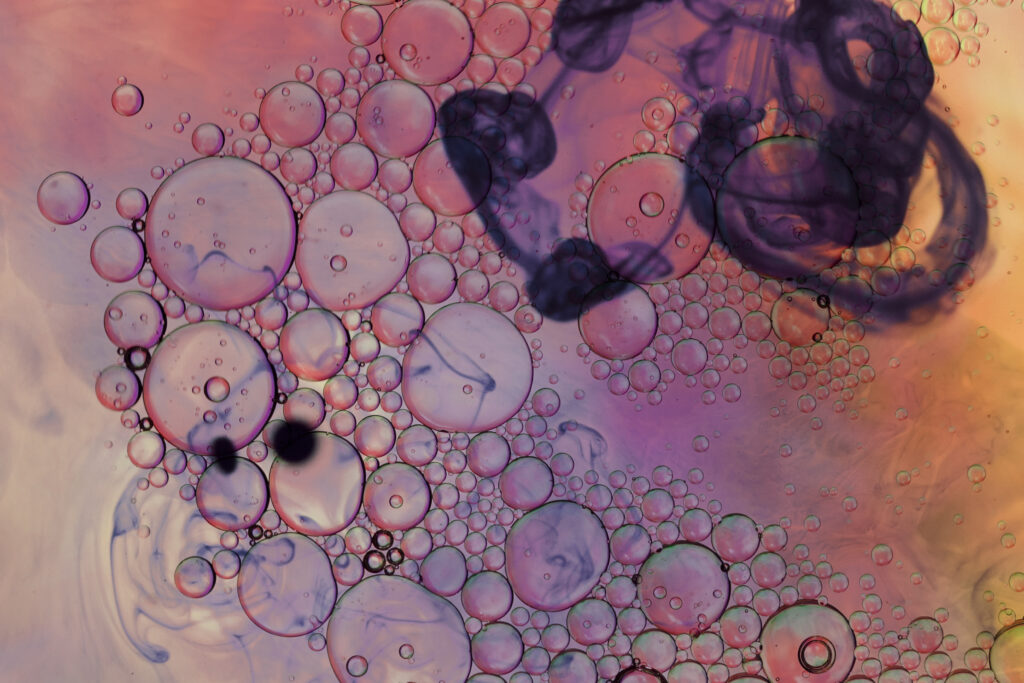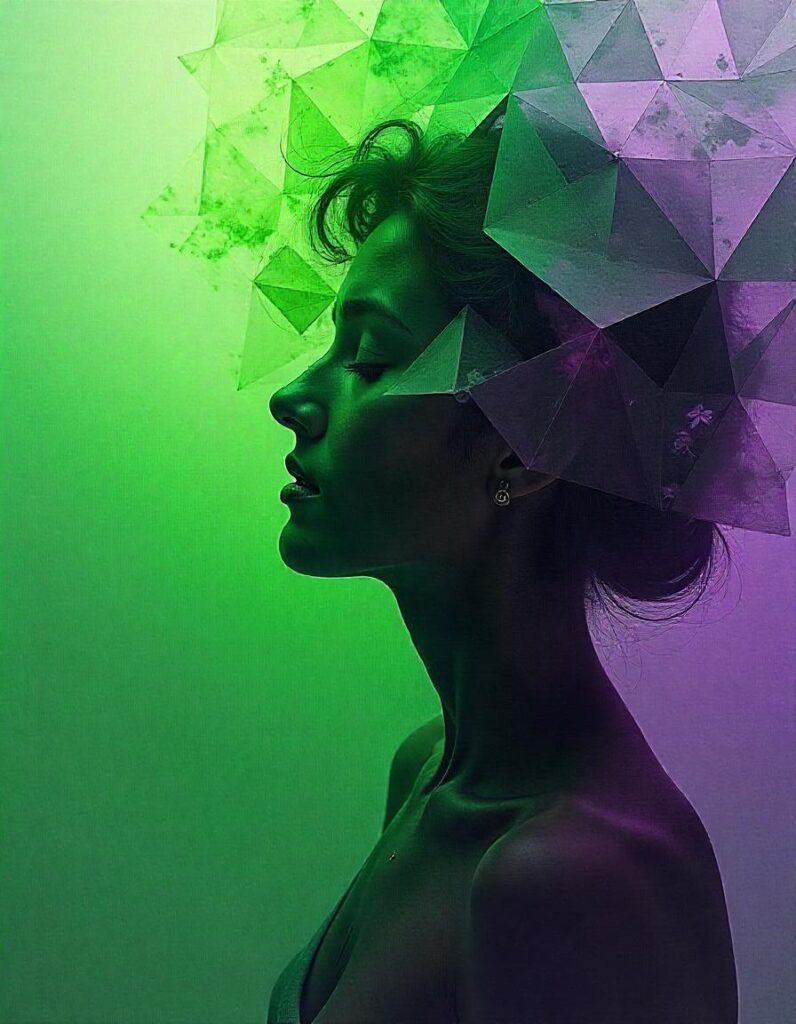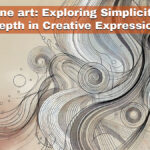How Neuroscience Shapes Our Understanding of Abstract Art
In today’s world, art doesn’t merely mean some forms of paintings, film, music, or dance. Instead, the burgeoning field of neuroscience has offered a profound understanding of a deeper connection between the brain and art, especially abstract art. Major brain theories from modern scientists have found their way into art practice in human societies across the world. Commonly, that art is incomplete without the viewer’s emotional and perceptual involvement. However, neurological advances have revealed intricate cognitive processes behind understanding abstract art. Art historians have realized that the average art viewer is actively intimidated by abstract art. Scientists working rigorously on art and brain science have found that abstract expressionists and scientists function similarly to some extent.
When we appreciate, interpret, and respond to abstract artworks, the brain does not approach representing the image directly but breaks it down into colors, lights, lines, shapes, textures, and forms to evoke our emotions and notions and engage several neural pathways. In understanding the human brain, too, scientists have used the simpler life form.
While understanding abstract art, line art, or any other kind of art form, the pleasure centers of our brain get active. Again, the brains of abstract artists enjoy and understand abstract art more than non-artists. While the brains of both groups give birth to electrical rhythms as the individuals try to process visual information, artists have a more active engagement and focused attention.

Neuroscience has observed that this may happen due to the use of memory to relate the artwork with other pieces to make sense. How people respond to abstract artworks varies widely. Scientists have noted that this variety of responses is the greater use of imagination in decoding abstract artworks. Dr. Eric Kandel, the writer of Reductionism in Art and Brain Science, further elaborates on these theories in the book. As per contemporary neuroscientists, the basic cognitive process of the alpha brain to understand abstract art is now often viewed with this reductionist approach.
Key ways to illuminate the cognitive processes behind the appreciation of abstract art:
1. Perceptual Processing and Aesthetic Experience
When we look at a portrait or landscape, the brain processes visual stimuli through sensory areas. The primary visual cortex accepts the visual information and sends it to higher-level areas, such as the lateral occipital complex, for object recognition and emotional processing. Abstract art doesn’t instantly activate brain areas linked with object recognition. Instead, it goes through hierarchy systems and engages the alpha brain more complexly.
- Neuroscientific research shows that the brain responds to the complexity of abstract art by activating the inferior temporal cortex and engaging brain areas associated with the recognition of uncommon forms and patterns. When we encounter features of abstract art, like new or surprising stimuli, the dopamine reward system is activated.
- The appreciation of symmetry in abstract artworks involves the orbitofrontal cortex, ventral striatum, and other brain areas linked with aesthetic pleasure. These areas suggest that abstract art exhibiting balance and symmetry can be rewarding.

2. Emotional Processing and Art
Abstract art can evoke strong emotional responses. Neuroscience has shown that emotional reactions to art can be more intense in abstract artworks because the viewer needs to interpret the meaning by breaking the artwork into form, color, and composition.
- Studies suggest that colors in abstract art evoke precise emotional responses. While warm colors like red and yellow can evoke aggression and warmth, cool colors like blue and green induce sadness or calmness.
- When we view abstract art, we engage in a cognitive process associated with empathy and emotion regulation. The prefrontal cortex of the brain helps regulate emotions, and it gets active when we attempt to interpret abstract art. When the art does not have a clear meaning, the brain has to work harder to generate emotional responses, especially when the artworks evoke some sense of discomfort or ambiguity. Solving emotional complexity is an appeal of abstract art.
3. Top-Down vs. Bottom-Up Processing
Making sense of abstract artwork requires the brain’s higher-order cognitive faculties, called top-down processing, including knowledge and experience expectations. This is balanced with bottom-up processing, with the brain reacting to raw sensory input such as color, shape, and patterns. The combination of the two makes abstract art challenging and engaging for the viewer.

- Abstract art sometimes instigates a feeling of cognitive dissonance in the viewer, where the brain is bound to resolve the tension between what it visually perceives and what it interprets or expects. Studies show that when people can’t immediately recognize or understand something, the frontal cortex is activated to make sense. The process, therefore, triggers deeper cognitive engagement, only to result in a heightened appreciation.
4. Memory and Interpretation
The brain’s hippocampus plays a key role in interpreting abstract art. It is involved in memory formation. People use their memories and experiences to look at abstract art, even though the work may not explicitly represent the real world.
- Neuroscience proposes that when we try to interpret abstract art, we not only process visual information but also bring our own context to that experience. This triggers memory networks and associative thinking inside our brains. While understanding abstract artworks, people often recall past emotions or experiences resonating with their forms, structures, and colors.

5. The Role of Mirror Neurons in Art Appreciation
Mirror neurons are implicated in understanding others’ actions and emotions. They also play a role in our experience of abstract art. Some neuroscientists think that abstract art evoking strong emotional and physical gestures helps activate our mirror neuron system. Thus, we can feel the emotion and intention behind the work. Mirror neurons build a deeper connection between the art and the viewer, even if the art isn’t representational.
6. The Brain’s Reward System and Aesthetic Pleasure
Finally, abstract art also successfully engages the brain’s reward system related to pleasure, motivation, and other rewards. Neuroimaging studies have discovered that looking at an artwork that is aesthetically pleasing activates the brain areas connected to reward and pleasure. The enjoyment we can achieve from abstract art may be linked to the brain’s sensitivity to beauty and novelty more than to any specific subject matter.
Conclusion
Neuroscientific studies on the cognitive processes behind the appreciation of abstract art highlight the complex interplay of sensory processing, memory, emotion, and cognitive functions. Abstract art demands that the brain works uniquely, such as balancing instant sensory responses with top-down processing, personal interpretation, and emotional regulation. Advance findings in neuroscience suggest that abstract artwork engages basic neural circuits related to sensory perception and reward and more sophisticated systems for memory, emotion, and sense-making, thereby contributing to the multifaceted experience of art appreciation.
Author Bio

Aparajita Chatterjee is an Indian author with an experience of 14 years in writing contents in genres like art, science, lifestyle, health and news. She has worked professionally with different types of organizations. Apart from that, writing is her passion.



